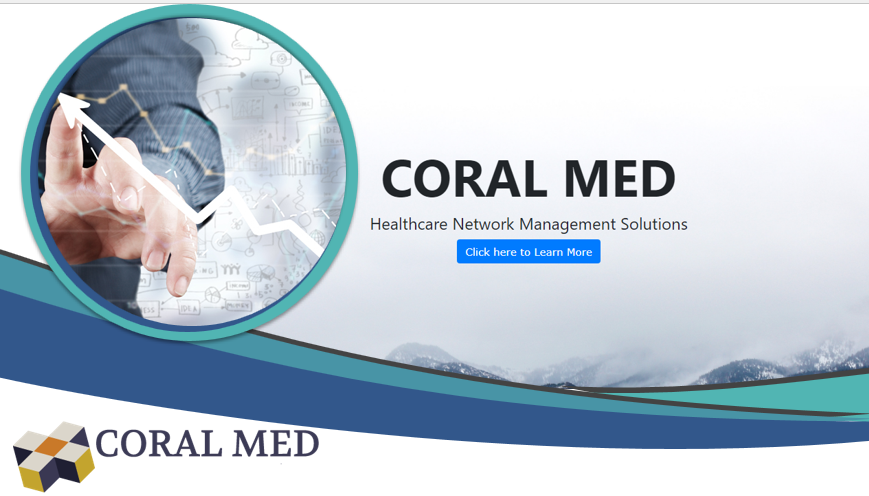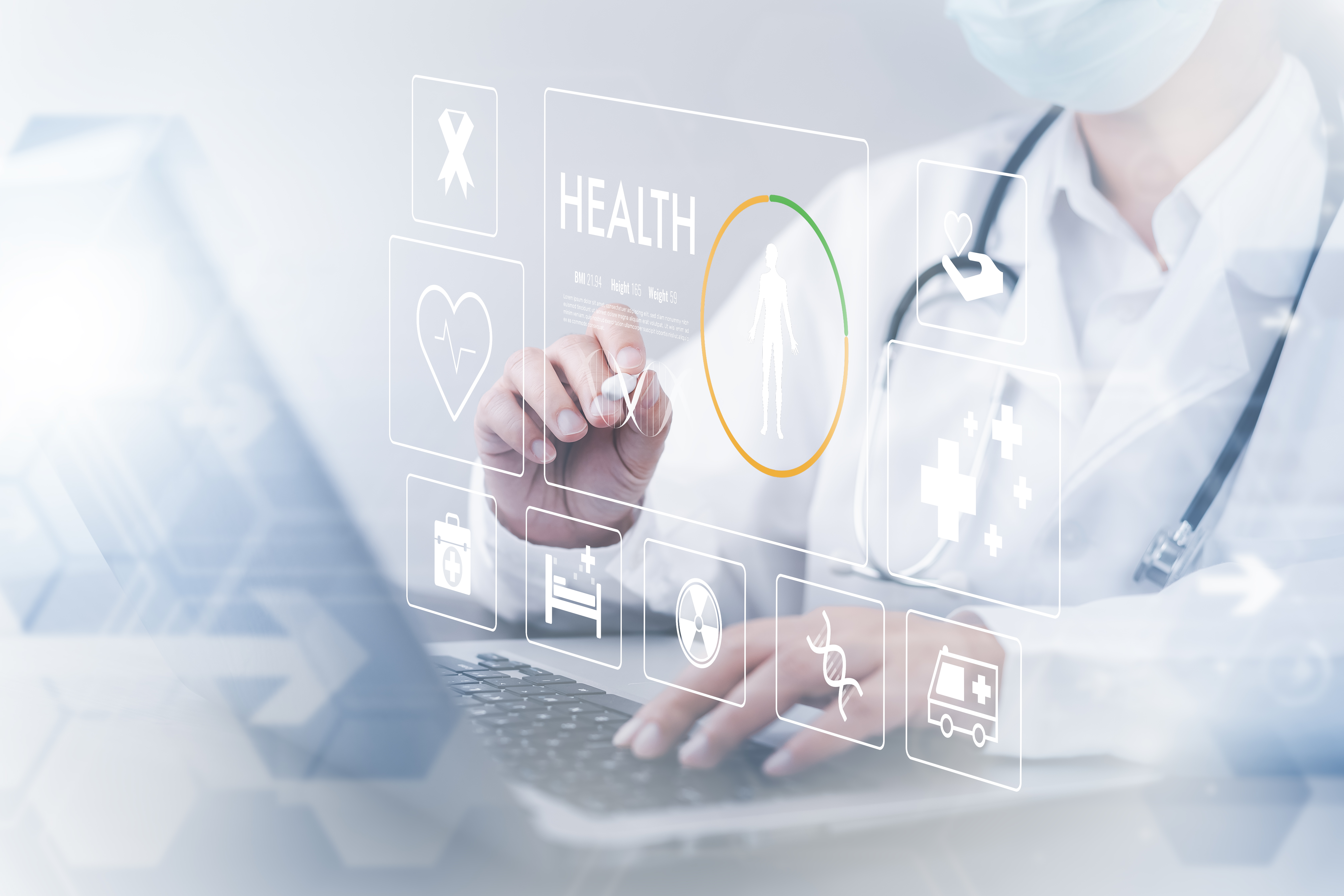
Introduction to Remote Patient Monitoring
$15.00Format: On demand
Duration: 200 Mins
Instructors: Coral MED
Learning Credits: 0.2 CEU
*This course was updated on Oct 31, 2025.
Description
Introduction to Remote Patient Monitoring (RPM)
By the end of this course, participants will be able to:
Define Remote Patient Monitoring (RPM):
Explain the core concepts, purpose, and scope of RPM in modern healthcare delivery.
Identify Common RPM Technologies and Devices:
Recognize various types of remote monitoring tools (e.g., blood pressure cuffs, glucose monitors, pulse oximeters, wearables) and understand their clinical applications.
Understand how data from RPM devices is transmitted, stored, and integrated with Electronic Health Records (EHR) and clinical workflows.
Define key terminology and foundational concepts related to Remote Patient Monitoring (RPM).
Describe the functions and clinical applications of common RPM devices and technologies.
Identify appropriate patient populations and healthcare scenarios for the use of RPM.
Explain how RPM data is collected, transmitted, and integrated into clinical workflows and EHR systems.
Summarize regulatory, legal, and reimbursement requirements, including HIPAA compliance and CMS billing codes for RPM.
Evaluate the benefits, challenges, and limitations of RPM implementation in different healthcare settings.
Demonstrate awareness of best practices for deploying and managing RPM programs, including patient engagement and staff coordination.
Apply course knowledge to real-world scenarios through case studies and practical examples.
This is an entry-level course designed to be accessible to a broad range of healthcare and allied professionals. However, participants should meet the following prerequisites:
Basic Understanding of Healthcare Systems:
Familiarity with clinical workflows, patient care processes, or healthcare operations.
Recommended for individuals with experience in healthcare delivery, administration, or support services.
General Technical Literacy:
Basic computer skills, including use of email, internet browsers, and productivity tools (e.g., Word, Excel).
Comfort with using digital platforms or mobile apps is helpful.
Recommended (but not required):
Prior exposure to telehealth, digital health, or health IT concepts.
Background in nursing, medicine, public health, healthcare administration, or health informatics.
Follow Coral Plus LMS policies: participation, integrity, respectful conduct, HIPAA/privacy adherence, timely completion of assessments. 1. Participants should register in advance to receive access details. 2. Access links and passwords, if applicable, should be provided securely to registered participants. 3. Participants are encouraged to join the webinar a few minutes early to resolve any technical issues 4. Participants are responsible for ensuring a stable internet connection, compatible devices (computer, tablet, or smartphone), and recommended browsers. 5. A microphone and webcam may be required for interactive sessions. Please test your audio and video settings in advance. 6. The webinar may be recorded for educational purposes. 7. Recorded sessions may be shared with registered participants after the webinar. 8. Please be mindful not to share personal or confidential information during the webinar. 9. A detailed agenda will be provided, and each session will adhere to the schedule to cover all planned topics. 10. Time will be allocated for Q&A sessions and discussions. 11. A helpdesk or contact information for technical support will be provided during the webinar. 12. Common technical issues will be addressed at the beginning of the session. 13. Relevant resources, such as presentation slides or additional reading materials, will be shared after the webinar.
This course is ideal for professionals and organizations seeking to understand, implement, or support Remote Patient Monitoring (RPM) in healthcare settings. Individuals in the following roles will benefit most:
Clinical Professionals
Nurses, Nurse Practitioners, and Physicians
Seeking to integrate RPM into patient care, improve chronic disease management, or participate in virtual care models.
Allied Health Professionals
Including respiratory therapists, dietitians, and case managers involved in patient monitoring and education.
Healthcare Administrators and Managers
Program Directors and Care Coordinators
Leading remote care initiatives or evaluating digital health programs for scalability and impact.
Clinic or Hospital Administrators
Looking to improve patient outcomes, reduce readmissions, and optimize resource use through RPM.
Health IT and Informatics Staff
Health Information Technologists and Analysts
Supporting the integration of RPM data into Electronic Health Records (EHRs) and ensuring interoperability and compliance.
Telehealth Program Staff
Expanding service offerings to include remote monitoring and device-based care.


